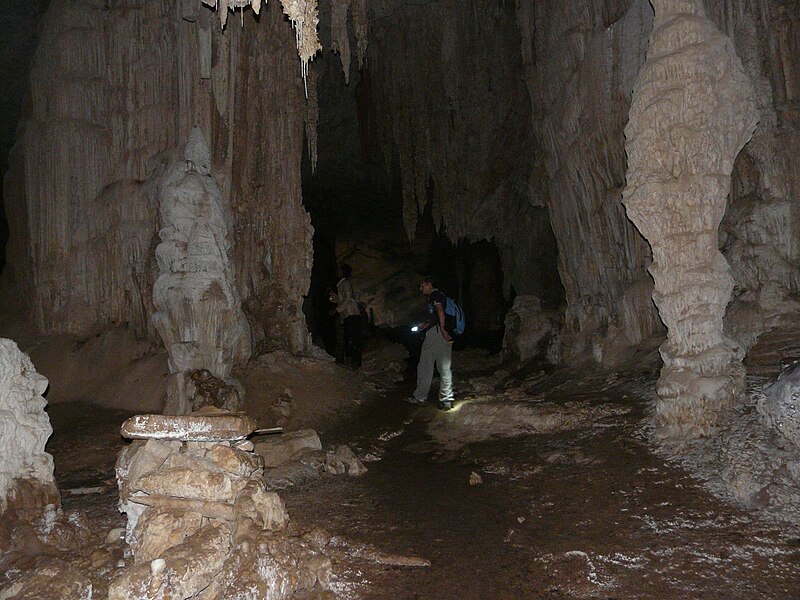
Image of Socotra

Unique three in Socotra

Map of Socotra
Location : Indian Ocean, Yemen.
The largest
island, also called Socotra, is about 95% of the landmass of the archipelago.
It lies some 240 kilometres east of the Horn of Africa and 380 kilometres south
of the Arabian Peninsula. The
island is very isolated and a third of its plant life is found nowhere else on
the planet. It has been described as "the most alien-looking place on
Earth". The island measures 132 kilometres in length and 49.7 kilometres in
width.
Socotra is
one of the most-isolated landforms on Earth of continental origin. The archipelago
was once part of the supercontinent of Gondwana and detached during the Miocene epoch, in the same set
of rifting events that opened the Gulf of Aden to its northwest. The main island has three
geographical terrains: the narrow coastal plains, a limestone plateau permeated with karstic caves, and the Higher
Mountains. The mountains rise
to 1,503 metres.


Cucumber three in Socotra Halah Cave
Socotra also
have the unique of flora and fauna. Socotra is considered the jewel of
biodiversity in the Arabian Sea. In
the 1990s, a team of United Nations biologists conducted a survey of the
archipelago’s flora and fauna. They counted
nearly 700 endemic species, found nowhere else on earth. One of the most
striking of Socotra's plants is the dragon's blood tree (Dracaena cinnabari),
which is a strange-looking, umbrella-shaped tree. Its red sap was thought to be
the dragon's blood of the ancients, sought after as a dye, and today used as
paint and varnish. Also
important in ancient times were Socotra's various endemic aloes, used medicinally,
and for cosmetics. Other endemic plants include the giant succulent tree Dorstenia
gigas, the cucumber tree Dendrosicyos socotranus, the rare Socotran pomegranate (Punica protopunica), Aloe perryi, and Boswellia socotrana. The island group also has a rich fauna,
including several endemic species of birds, such as the Socotra Starling, Socotra
Sunbird, Socotra
Bunting, Socotra Cisticola, Socotra Sparrow, Socotra Golden-winged Grosbeak, and a species in
a monotypic genus, Socotra Warbler.
No comments:
Post a Comment